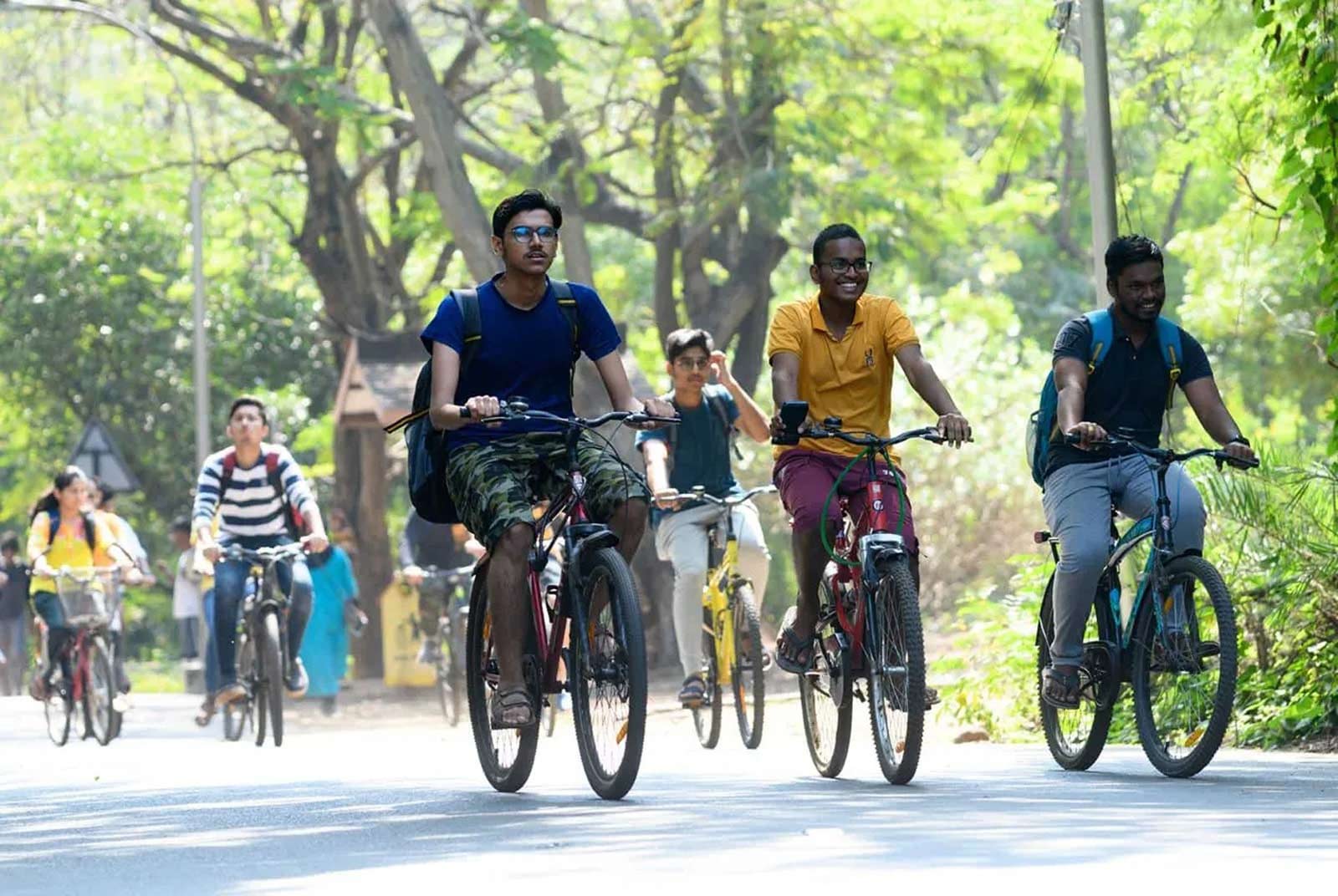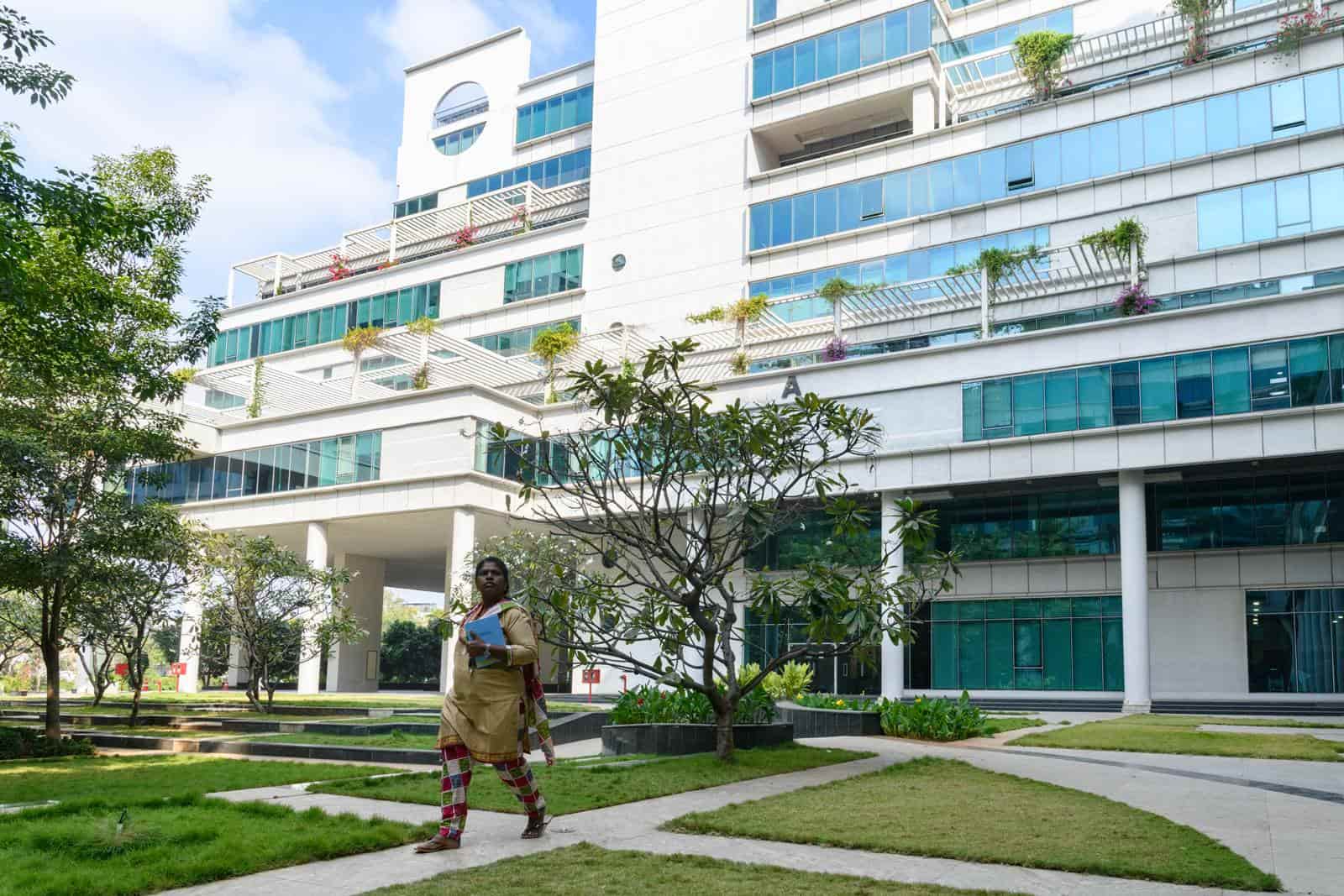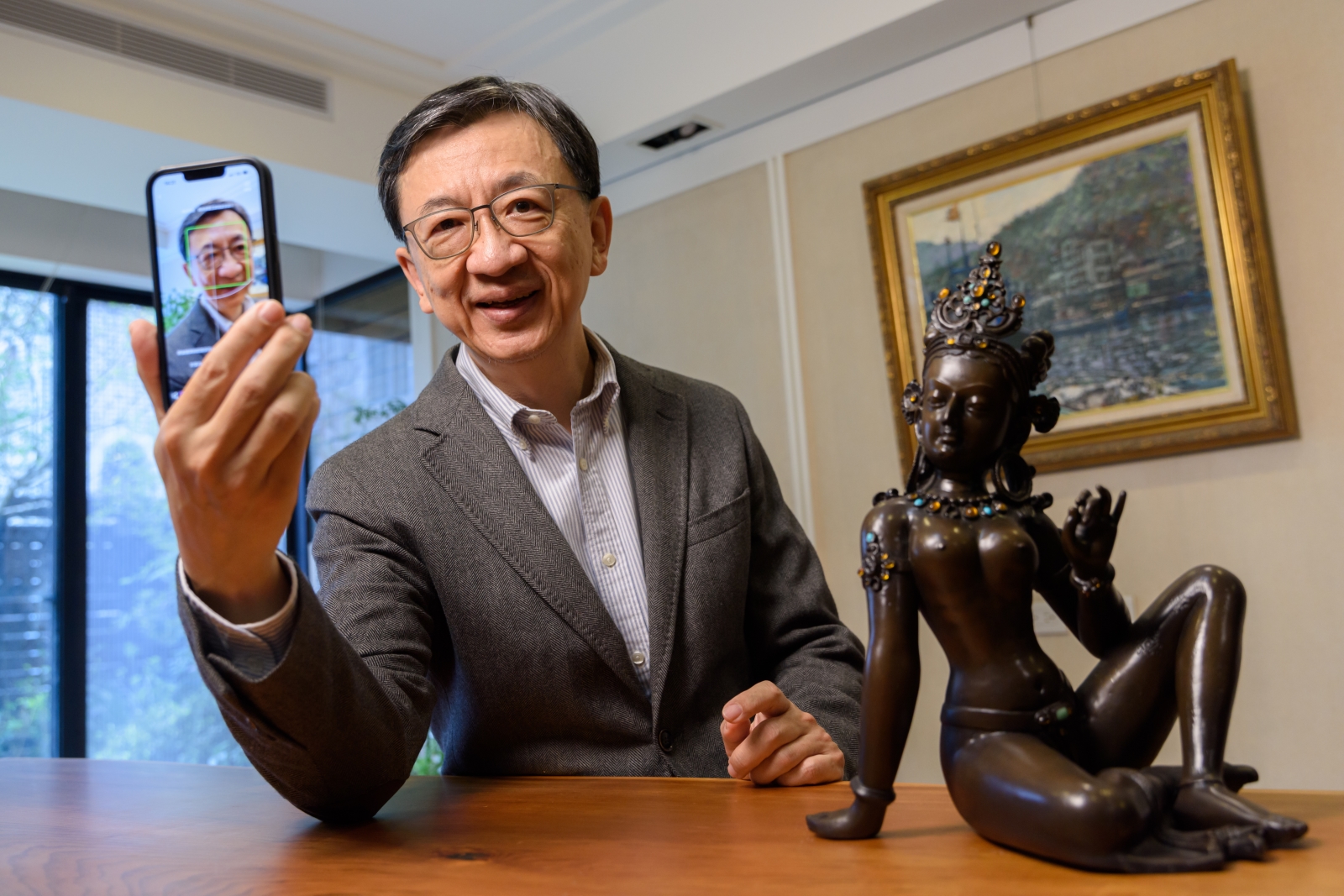Why TSMC and MediaTek are keen to hire more Indian engineers

Source:Pei-Yin Hsieh
India’s abundant supply of IT talent could help Taiwan’s semiconductor industry alleviate the local talent shortage. But language barriers and cultural differences pose a major challenge for Taiwanese management. Three companies have developed their own approaches to tap the Indian talent pool.
Views
Why TSMC and MediaTek are keen to hire more Indian engineers
By Meng-hsuan YangFrom CommonWealth Magazine (vol. 767 )
【Semiconductor Century Conversation|Morris Chang x Chris Miller】Book your seat: https://bit.ly/3Yd6IUv
Every December, Rakesh (not his real name), a supervisor in R&D at Taiwan Semiconductor Manufacturing Company (TSMC), returns to his alma mater in India, the Indian Institute of Technology Bombay (IIT Bombay) to recruit engineers for TSMC. Even during the pandemic, the recruitment activities continued online.
With an admission rate of less than one percent, the IIT is even harder to get into than U.S. Ivy League colleges such as Harvard University.
On the first of December each year, these outstanding engineering students compete fiercely for jobs at the world’s leading tech firms. Intel, Qualcomm and TSMC are among the industry leaders sending recruiters to IIT to interview applicants. The results are announced the same day, and students who secured several offers must pick one so that the remaining ones can be offered to alternative candidates.
On that day, Rakesh interviewed more than 30 students for TSMC. He was so busy that he did not even have time to eat. At the same time, his colleagues were attending similar job fairs at IIT branches across India such as the campuses in New Delhi, Chennai, and Hyderabad.
TSMC recruiters keep going to India, hoping to attract engineers because of Taiwan’s Ph.D shortage. Local universities simply do not churn out enough high-caliber research talent. Cliff Hou, senior vice president, Europe & Asia Sales and Research & Development/Corporate Research at TSMC, once told the media that TSMC alone needs to recruit 250 Ph.D. degree holders per year, but that the leading research universities can provide only 300 per year, so demand far outstrips supply.
 By the acceptance rate, the Indian Institute of Technology is the most difficult university to get into around the globe. Intel, TSMC, and big companies will come here to recruit talent every year. (Source: Pei-Yin Hsieh)
By the acceptance rate, the Indian Institute of Technology is the most difficult university to get into around the globe. Intel, TSMC, and big companies will come here to recruit talent every year. (Source: Pei-Yin Hsieh)
In India, however, the situation is just the opposite, as semiconductor engineers have difficulties finding a job at home.
V. Ramgopal Rao, the former director of IIT Delhi, is a luminary in the field of nanoelectronics, having published over 480 research papers and holding over 50 patents.
He does not hide his frustration, pointing out the fact that India trains 150,000 semiconductor engineers per year, “but we don’t have a semiconductor industry, so most are forced to switch to the IT industry.”
That’s one of the reasons why India has become TSMC’s talent pool. So far, TSMC has more than 120 Indian employees, which makes Indian nationals the largest contingent among the non-Taiwanese employees. Most Indians work in R&D-related jobs.
TSMC makes Indian Ph.D. holders feel at home in Hsinchu
The first Indian national TSMC hired happens to be a former doctoral student of Rao’s. As Rao recalls, this student worked at TSMC for ten years, actively building contacts between the two sides, which eventually opened the door for TSMC to recruit students at IIT. Eleven of the 52 doctoral students that Rao supervised have joined TSMC, including Rakesh.
“During the five years I spent studying for my Ph.D., the first name you heard when semiconductors where mentioned was TSME. So I thought, if I get a chance I want to work at TSMC,” says Rakesh.
Meanwhile, Rakesh has been living in Taiwan for almost ten years, and he is quite happy with his life in Hsinchu. In the beginning, however, it took him some time to adjust. TSMC’s staff restaurant did not offer vegetarian Indian meals at first, and it took several attempts before the suggestions of Rakesh and his Indian colleagues were heard and taken seriously by the human resources department and restaurant managers. Now they get Indian lunch boxes at noon.
According to TSMC’s ESG website, the company holds an Indian culture day every year, celebrates the Indian festival of lights Diwali, and stages cricket matches to make the Indian employees feel at home at the company.
The corporate cultures in Taiwan and India differ, quite a lot, of course. At the end of the workday at 5:30 p.m., the Taiwanese employees tend to eat outside, and then return to the office after dinner to put in overtime. Rakesh, for his part, prefers to return home to enjoy a home-cooked dinner with his family. “I am aware of the overtime culture in Taiwan, but Indian people have a very strong family focus. That’s why I probably do not stay in the office too late,” he explains.
He estimates that almost 600 Indian nationals live in the Hsinchu area, with over 300 being employees of the Hsinchu Science Park and their dependents while the other 200 or so are studying at National Tsing Hua University and National Yang Ming Chiao Tung University.
During the past two years, Rakesh felt the negative impact of the pandemic on the recruitment drives. But he does not have such concerns this year. He is optimistic that Hsinchu’s Indian community will continue to grow. “Hsinchu has some great Indian restaurants,” he points out, indicating that it has become easier to find a taste of home.
MediaTek builds large local team in India
TSMC is not the only company taking advantage of India’s vast talent pool. IC design bellwether MediaTek chose to directly build a team in India. Grant Kuo, the former managing director of MediaTek - India played a crucial role in establishing this foothold.
In 2004, MediaTek acquired a company in Noida in northern India that specializes in man-machine interface software/firmware technology. They were not prepared for the ensuing nightmare.
In the past, the company had delivered products based on MediaTek specifications. But after it became a subsidiary, MediaTek began to integrate the production processes in Taiwan and in India. The Indian employees were very unhappy that now everything had to be done the Taiwanese way.
Kuo vividly recalls this clash of corporate cultures. In Taiwan, employees are used to following orders from higher-ups without questioning them. But when a supervisor says something in India, the team members begin to debate the issue and state their opinions.
“The culture and thinking on both sides differ too much,” says Kuo. He points to a quote from the book The Argumentative Indian by Nobel Prize winning Indian economist Amartya Sen that encapsulates the Indian mindset: “Just consider how terrible the day of your death will be. Others will go on speaking, and you will not be able to argue back.”
The employees were also concerned that with a Taiwanese boss they would not be able to rise to the top management level. As a result, about 30 percent of the company’s staff quit during the first year following the acquisition.
Kuo, who had served as HR vice president for Hewlett Packard Enterprise Taiwan, realized that something had to be done. He took a systemic approach, introducing a two-month long training program to establish systematized management. Then he brought two contact officers over to India whose task was to accurately convey orders from headquarters and ensure that both sides were on the same page.
Kuo regularly dispatched outstanding management personnel to Taiwan for three-month stints at headquarters to give them an opportunity to participate in meetings and better understand the corporate culture. When salaries at the Indian company were supposed to rise 10 percent, he secured a budget from the mother company that allowed for a 30 percent raise. “I wanted to let the employees understand that they could be at ease when working with me.”
Subsequently, the Indian subsidiary’s results gradually improved. Around this time, Chinese manufacturers of non-branded smartphones began to rise rapidly. When MediaTek headquarters realized that India also had a lot of IC designers, they decided to establish an R&D center in Bangalore. Meanwhile, MediaTek has three locations in India with more than 1,000 employees, thanks to Kuo’s efforts.
India is leading the global software outsourcing industry. Information services companies such as Tata Consultancy Services, Infosys Limited, and Wipro all boast revenues above NT$100 billion and count large corporations in Europe and North America among their customers. In contrast, Taiwanese enterprises are less likely to outsource business to Indian companies.
 Grant Kuo (Source: Pei-Yin Hsieh)
Grant Kuo (Source: Pei-Yin Hsieh)
Leveraging Indian software outsourcing
After Kuo left MediaTek, he took advantage of India’s software outsourcing resources to establish the Taiwan-India startup Digital Doctor, which developed the App Skin Beauty Pal that uses AI to measure dermatological problems.
The young enterprise has only eight full-time employees, and half of them are Indian nationals. The core R&D team remains in Taiwan, whereas non-core activities such as the software business as well as website and App maintenance and hosting have been outsourced to the Indian company MoMagic Data Intelligence Inc.
MoMagic is an AI company funded by MediaTek and Taiwanese electronics giant Foxconn. The company, which was founded by Arun Gupta, who formerly worked under Kuo at MediaTek India, has also established an office in Taipei.
Kuo reveals that Skin Beauty Pal is going to be developed into a medicosmetic platform. The next step after measuring the skin with AI technology is connecting the user to a dermatologist for an online consultation. Then a Taiwanese manufacturer will produce a customized skincare product.
“For the new start-up, this means deftly using the resources of both countries,” Kuo points out. Within India’s software outsourcing industry, the division of labor is very advanced. Kuo believes that basic services such as app development and maintenance are well suited to be outsourced to small- and medium-sized Indian software companies, given that their services are 50 percent cheaper than in Taiwan.
Have you read?
- Advantech bags 70% of India's metro orders with the help of local talent
- Taiwan, Apple making India a new iPhone hub
- How can the 2023 Indian budget boost opportunities for Taiwan industries?
Translated by Susanne Ganz
Edited by TC Lin
Uploaded by Ian Huang






